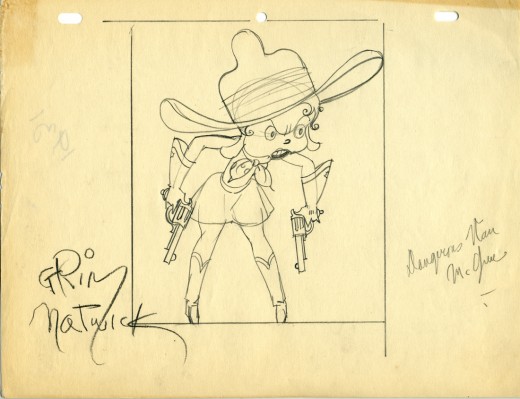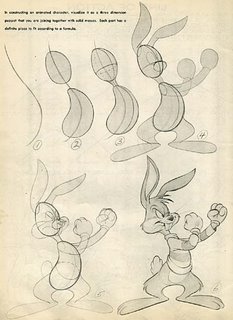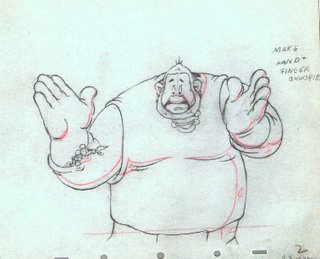

I'm surprised that "solid drawing" is so far down the list of principles in "The Illusion Of Life". It's #11 of 12 principles. To me, it's by far the most important tool of any artist, including animators. Without good strong drawings to move what do you have? Squash and stretch, overlapping action, secondary actions are all accessories; not the main course. They are animation tricks that help move your poses from one drawing to the next. If these main drawings are weak, who cares if they move smoothly? If all you care about is smooth motion, why do character animation? You might as well just do abstract animation. Become the next Oskar Fischinger.
The better you are able to draw, the more control you will have and the more creative choices open up to you. Frank Thomas says it very well in this too short article:
The better you are able to draw, the more control you will have and the more creative choices open up to you. Frank Thomas says it very well in this too short article:


Solid doesn't mean "realistic", but a cartoonist who understands form, perspective and balance has a huge advantage over unskilled cartoonists who have to rely on copying superficial aspects of other artists' work. Artists who are in turn copying superficial aspects of an earlier decadent artist.
http://www.animationarchive.org/2007/11/exhibit-grim-natwick-golden-age.html
Grim In His Own Words
ORGANIC, YET SOLID
 By solid, Thomas doesn't mean stiff like granite...the characters have to look alive.
By solid, Thomas doesn't mean stiff like granite...the characters have to look alive.





The hunt to find an animatable style that had form and pliability led to the idea of construction.


The animators of the 1930s developed it and let it evolve for a decade and half - then it decayed and fell out of fashion -which led to amateurish animation for the next half-century and here we are today left with primitive animation and even more primitive drawings - left with broken fingers and all our creative choices wiped out.
Animation is left to the mercy of trends that get progressively more decadent with each generation of unthinking trendy copycats, blind to the world outside their cliques.
There is a lot more I want to say about solid drawing and many examples to show, but it takes time to gather them together.
I want to compare and contrast 2 masters of solid drawing and animation next time: Milt Kahl and Bob McKimson.


Of course, solid isn't everything you need, but it will make your other goals much easier to reach. Without it, you are basically crippled.





